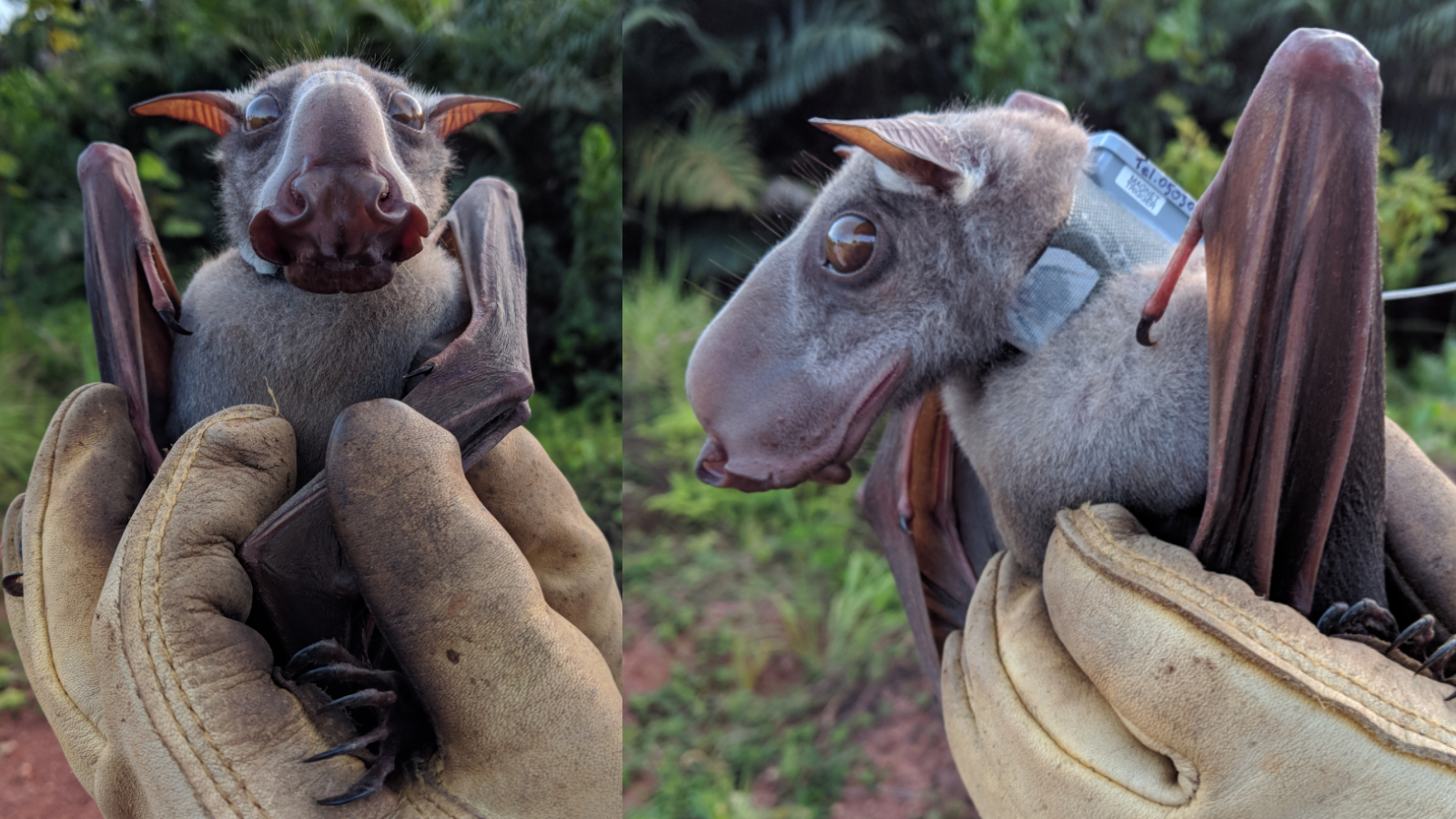Coatings, Vol. 13, Pages 1391: An Optimized Dip Coating Approach for Metallic, Dielectric, and Semiconducting Nanomaterial-Based Optical Thin Film Fabrication
Coatings doi: 10.3390/coatings13081391
Authors: Arnab Kumar Sarkar Devabrata Sarmah Sunandan Baruah Pranayee Datta
The field of optical thin films has garnered significant attention due to their potential applications in visible light communication, optical sensing, and imaging. Among the various fabrication methods available, conventional layer-by-layer (LBL) dip coating is less sophisticated and more economical. Nevertheless, this approach frequently encounters deficiencies in the precise control of the growth of thin films. This work aimed at properly comprehending the growth conditions associated with the LBL dip coating process and optimizing the conditions to obtain the best thin film growth for different materials: metallic (Ag), semiconducting (ZnO), and insulating (SiO2). The optimization of the conditions for surface functionalization with 3-aminopropyltriethoxysilane (APTES) together with other parameters like dipping time, drying time, the number of dipping–drying cycles, and the timing of the intermediate APTES layers led to the controlled growth of thin films. Atomic force microscopy and scanning electron microscopy revealed even deposition in the case of ZnO and SiO2 from the very beginning, while with Ag NPs, the growth of the thin film was observed to be uneven and gradually became smooth as the number of layers increased, and a smooth layer could be observed after over 100 layers of dipping.

 8 months ago
20
8 months ago
20


